The genus Parancistrus includes only two scientifically accepted species, the Golden Parancistrus (P. aurantiacus), which was erroneously also assigned L-number 56 (this is incorrect) and P. nudiventris, which was assigned L-numbers 31 and 176; this is a black catfish with very fine white spots. In addition, we know L258 from Rio Iriri, a black catfish with small white dots, L300/LDA48 from Rio Xingu, which is very similar to L258 and probably the same on species level (it just has slightly larger dots) and L332, also from Rio Xingu, olive green with light fin fringes.
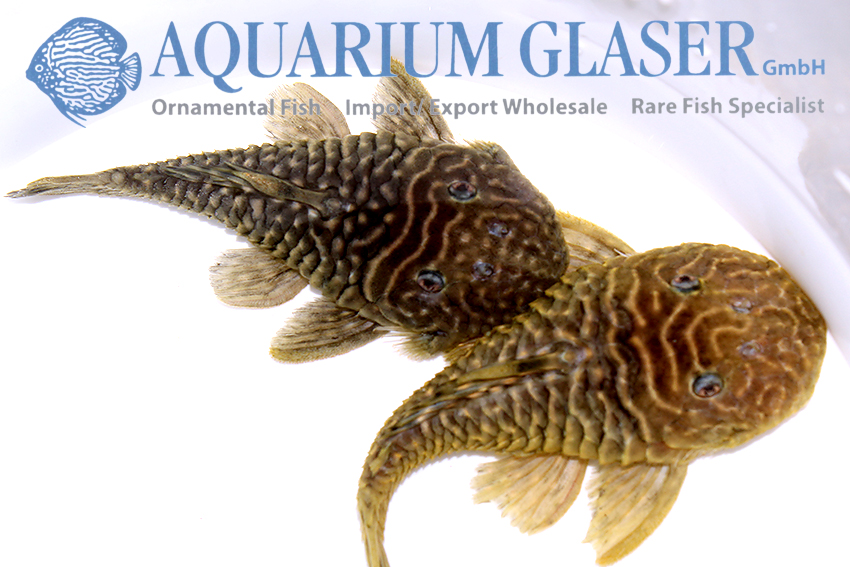
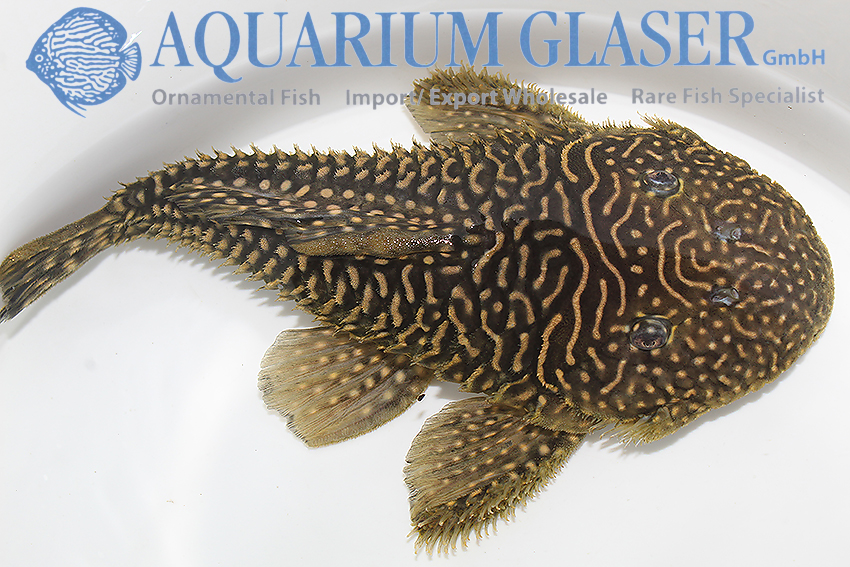
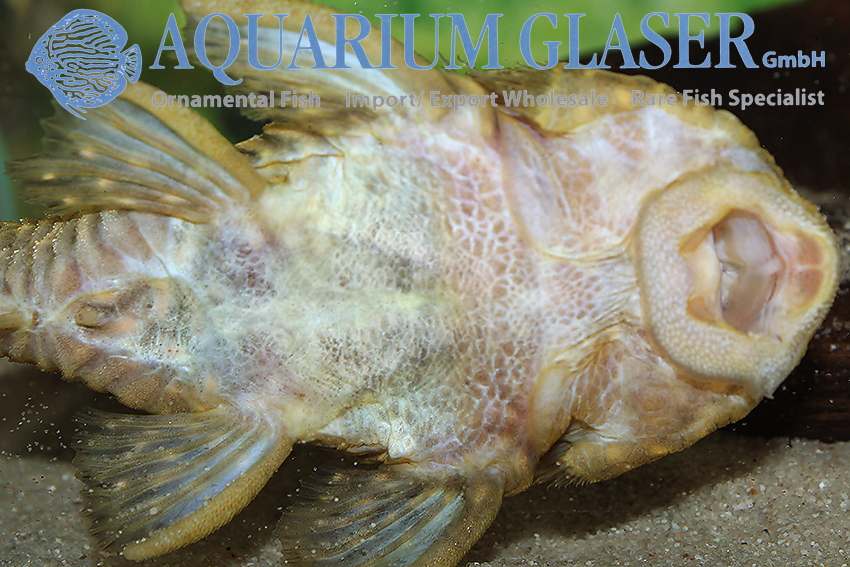
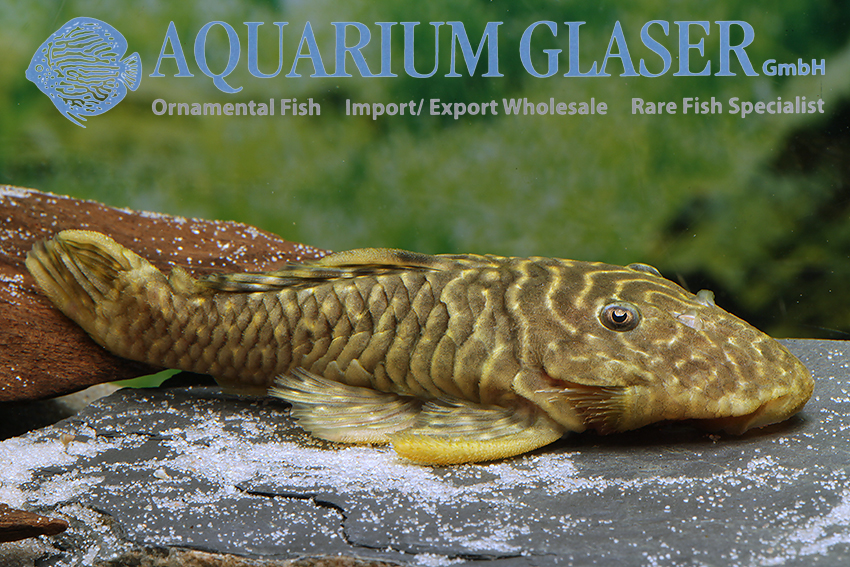
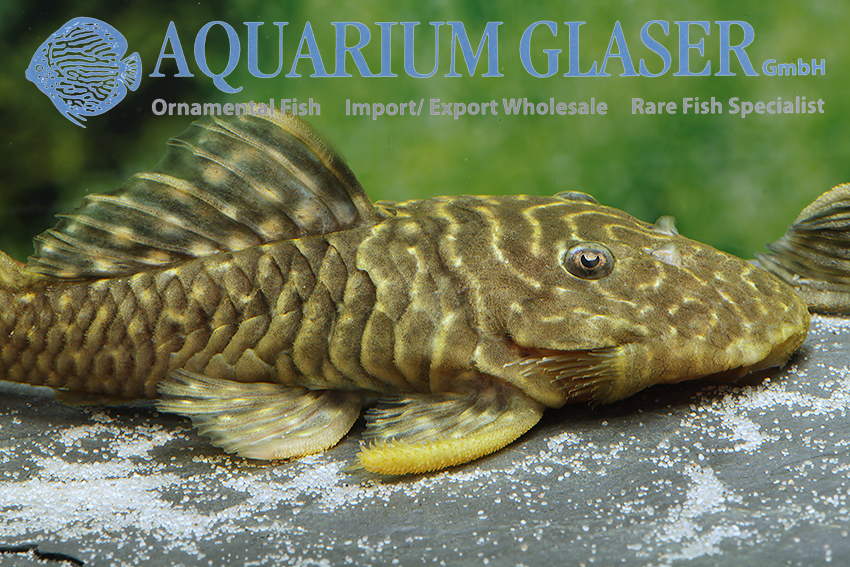
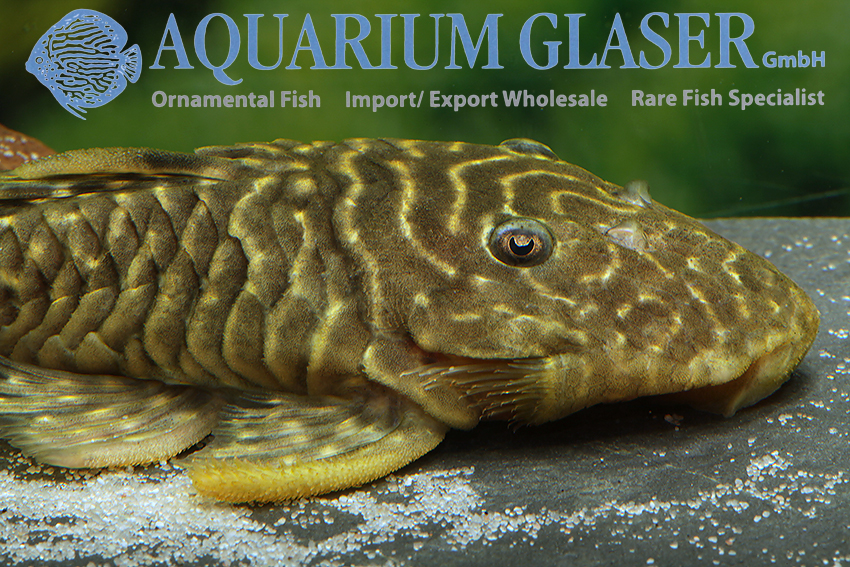
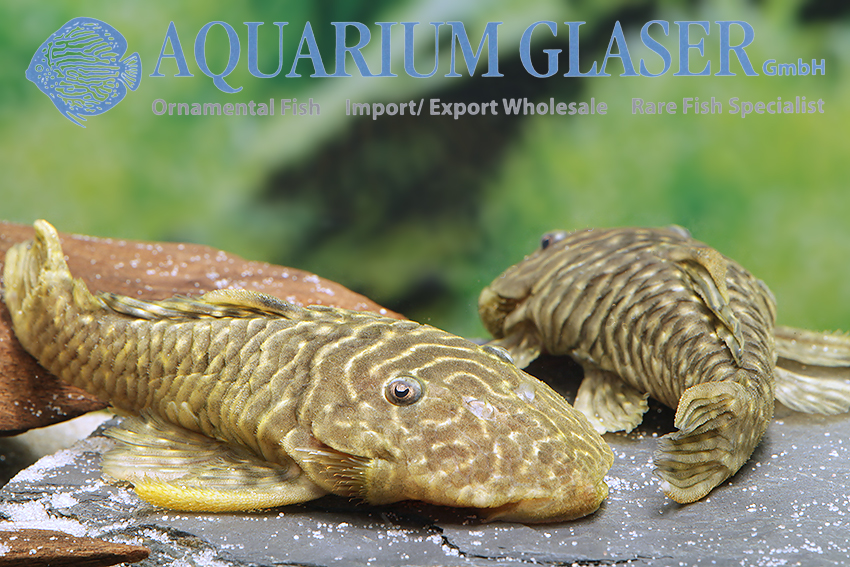
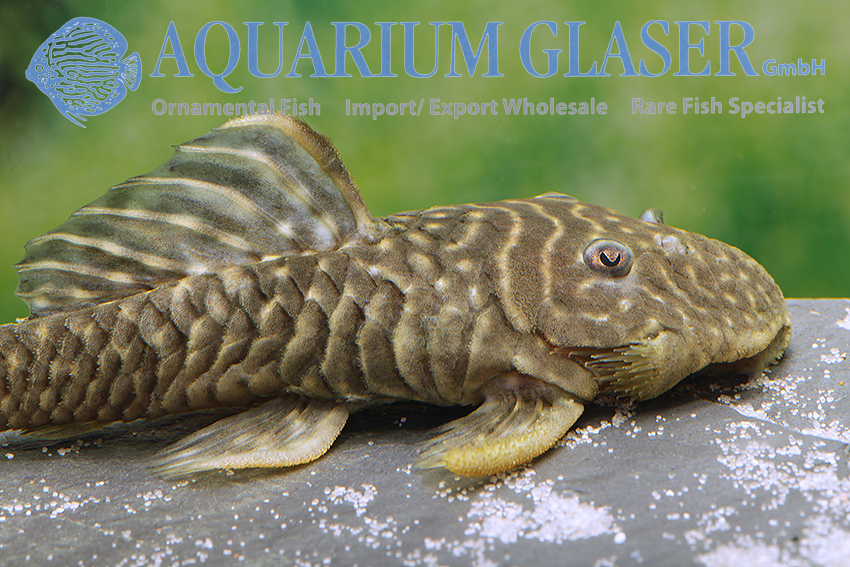
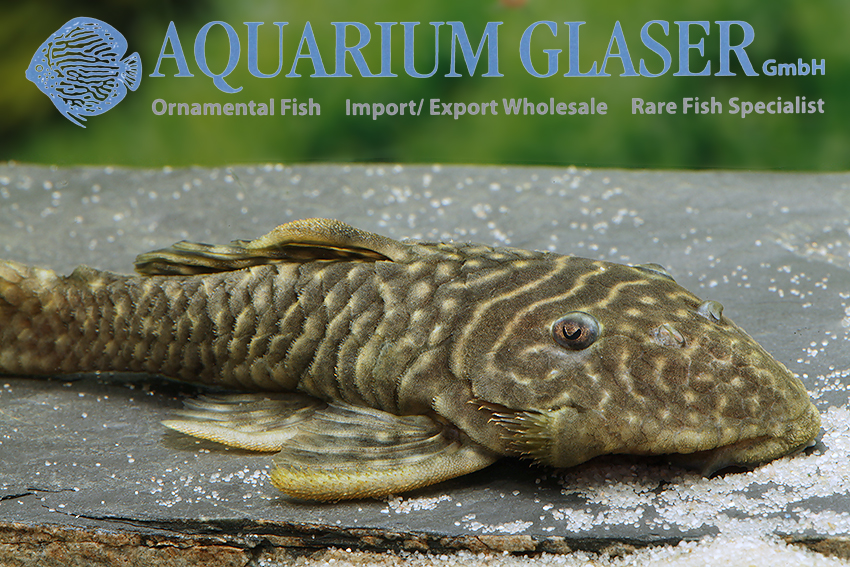
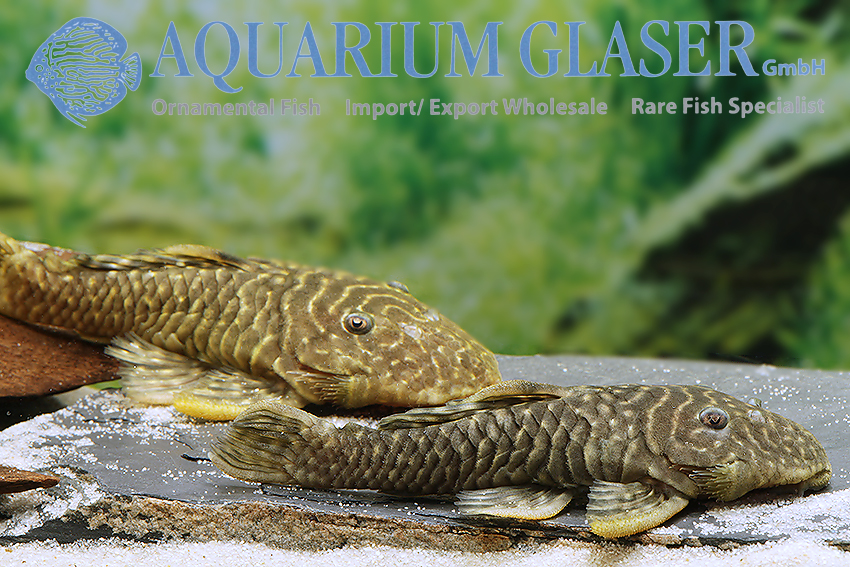
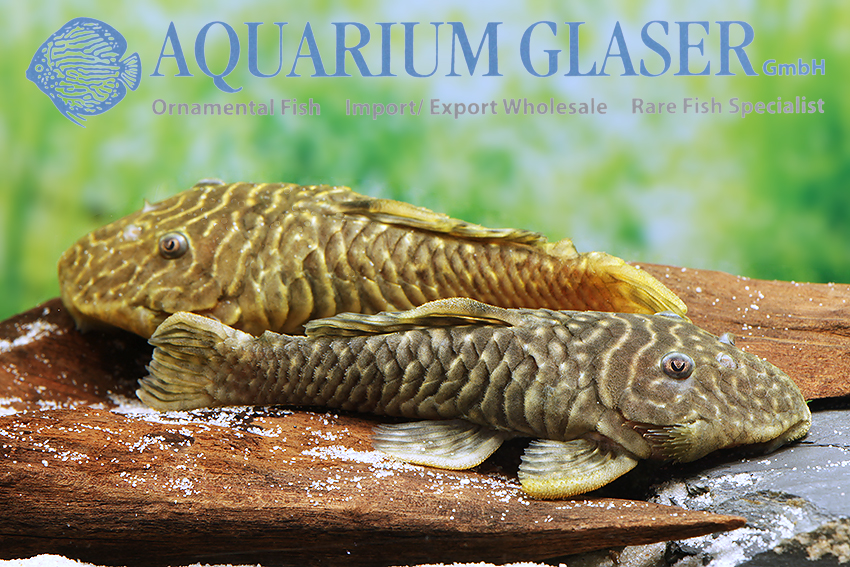

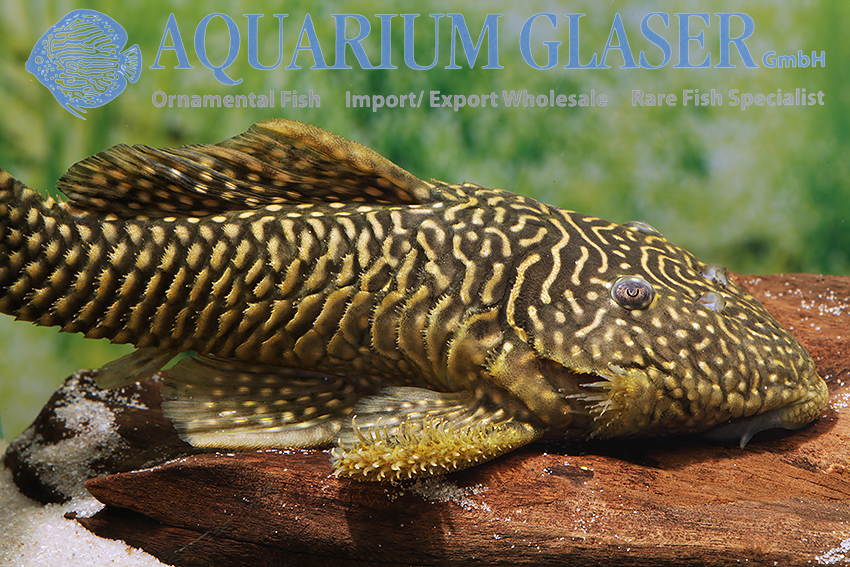
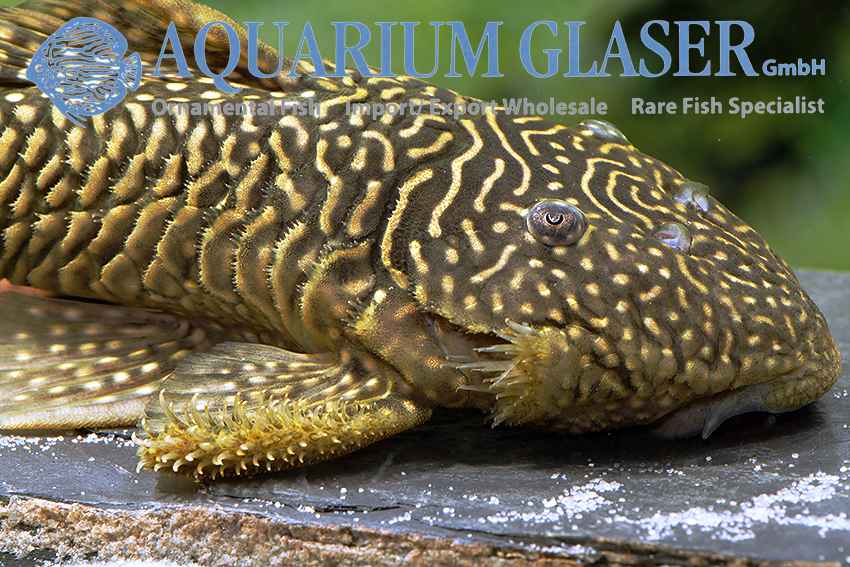
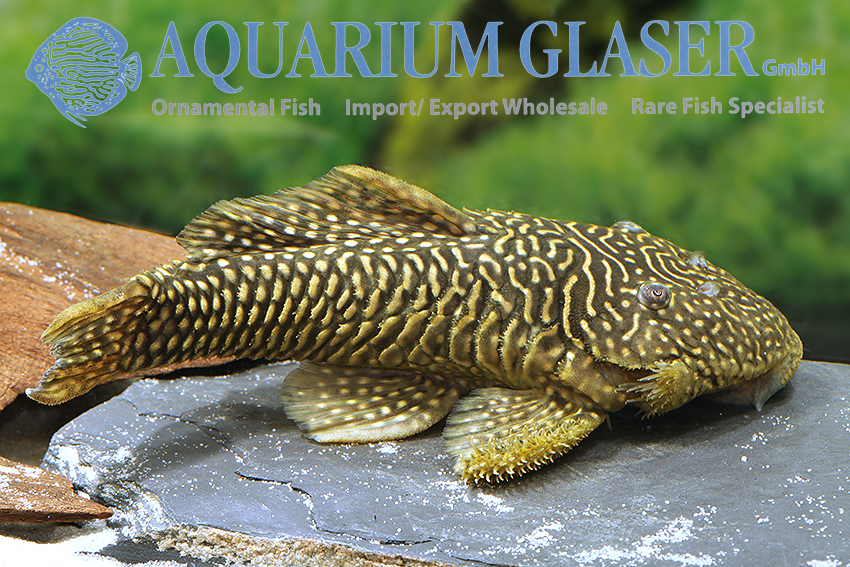
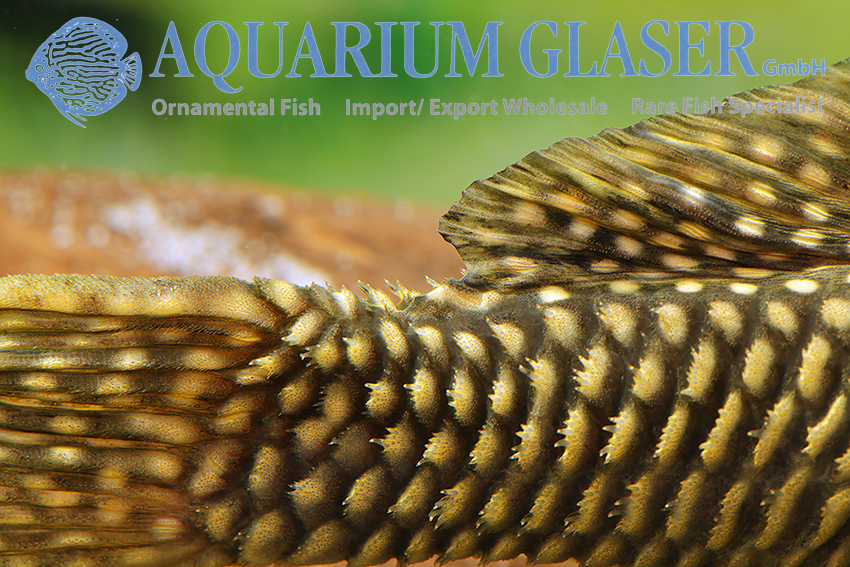
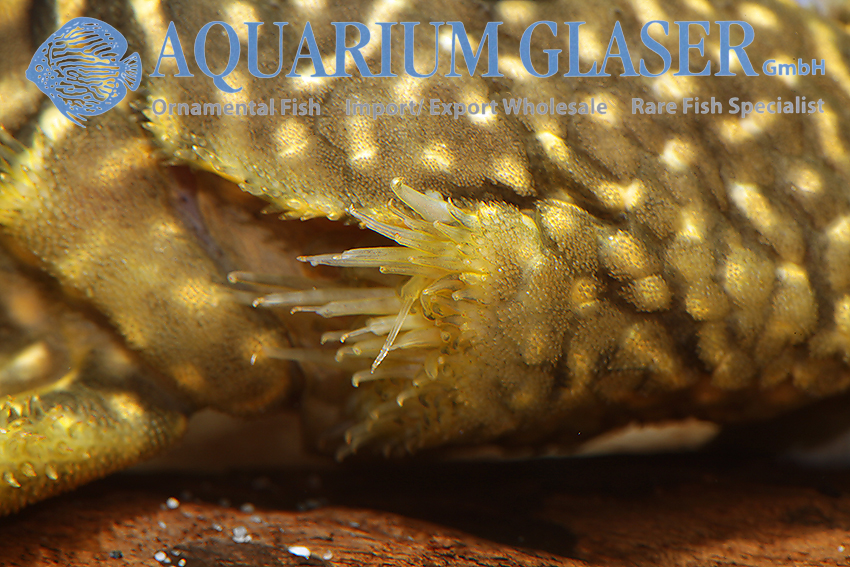
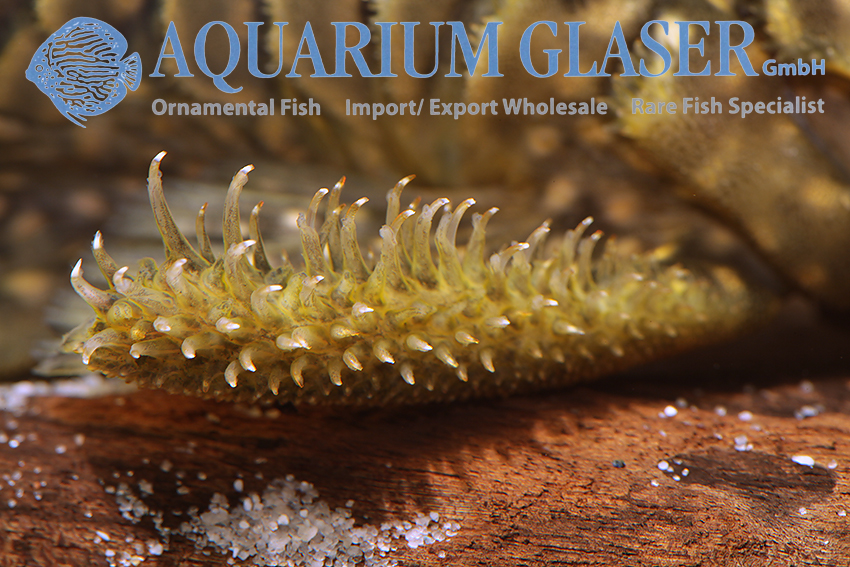
The Parancistrus we have now been able to import in various sizes from the Rio Araguaia in Brazil is completely different in color from all these species. It has a bright worm pattern on the body and dots on the head. This species has been given the LDA number 46. For a long time LDA46 was thought to be the juvenile of P. aurantiacus, but this is wrong. Very special about LDA46 is, that the markings become more and more intense with larger animals – the species probably grows to about 15-17 cm long. With most loricariids it is the other way round, the juveniles are the more beautiful.
LDA46 is in any case an independent, scientifically probably still undescribed species. The designation L56n was additionally given, because Parancistrus aurantiacus is still called L56 in the trade. This is objectively wrong, but nobody cares about that. The letter “n” in this context simply means “new” and indicates that the fish is similar to P. aurantiacus, but something different.
For our customers: the fish have code 26490-L 056N-3 (8-10 cm) and 26490-L 056N-5 (14-16 cm) on our stock list. Please note that we only supply wholesale.
Text & photos: Frank Schäfer




